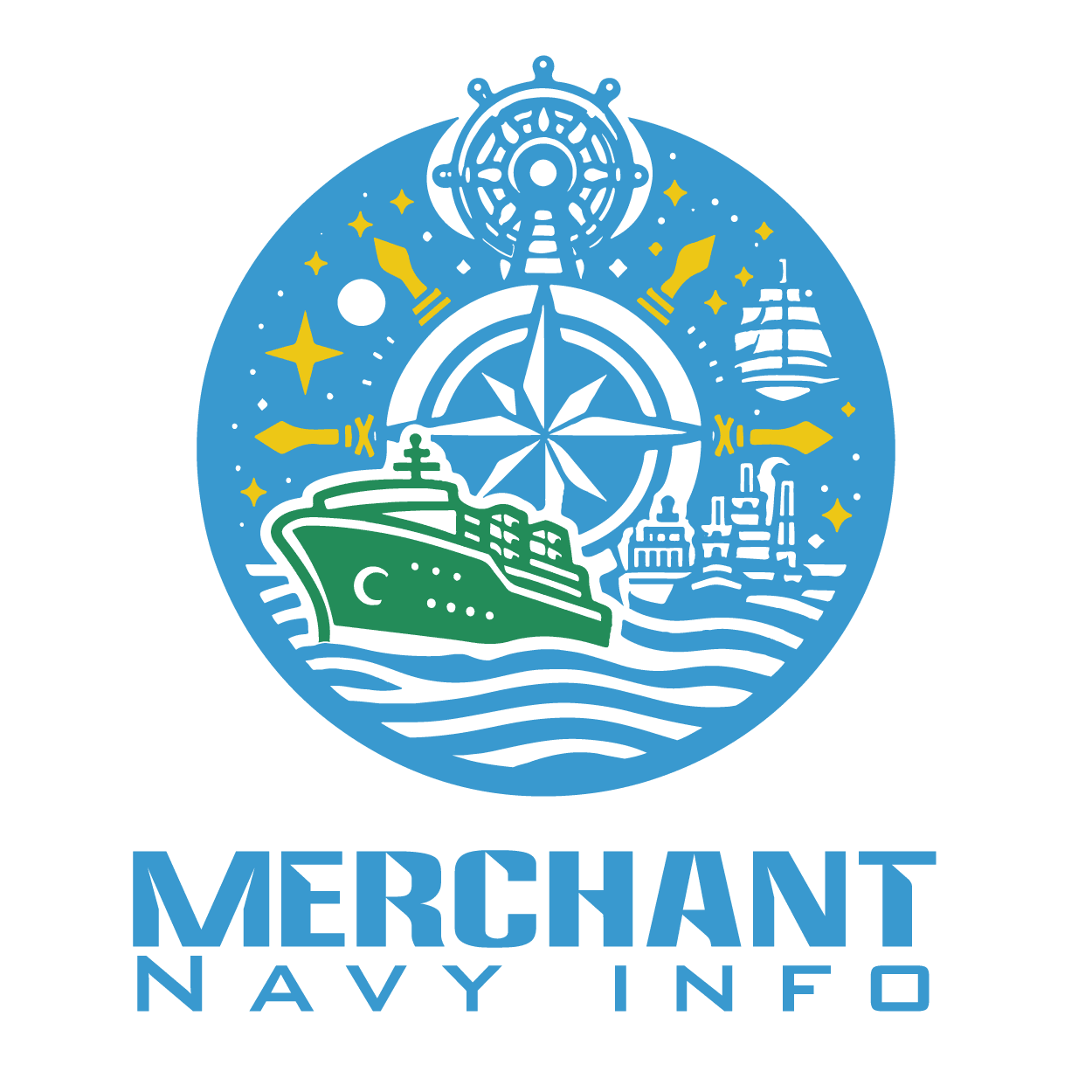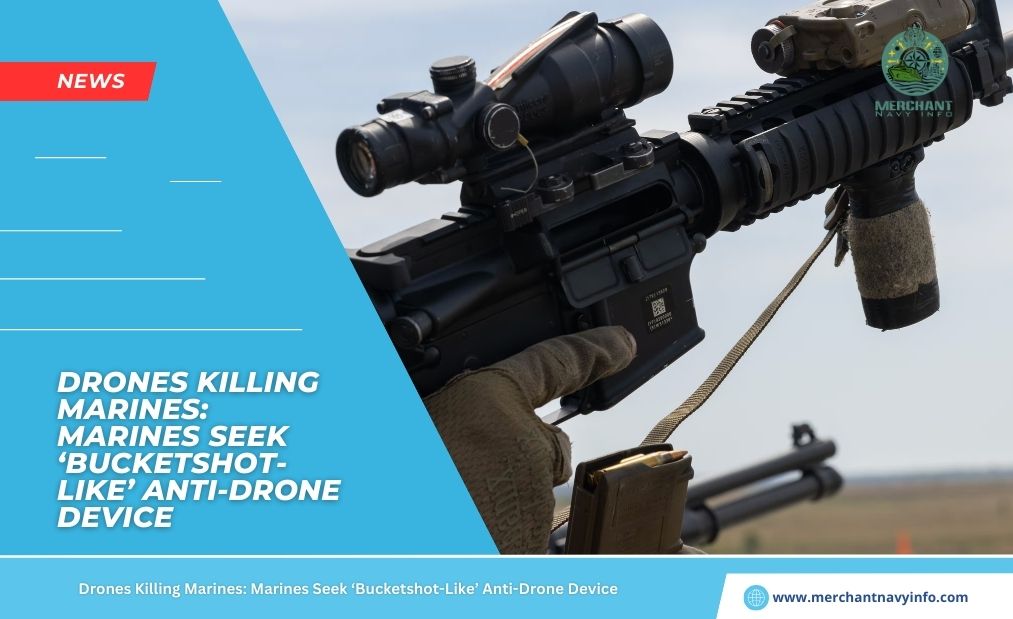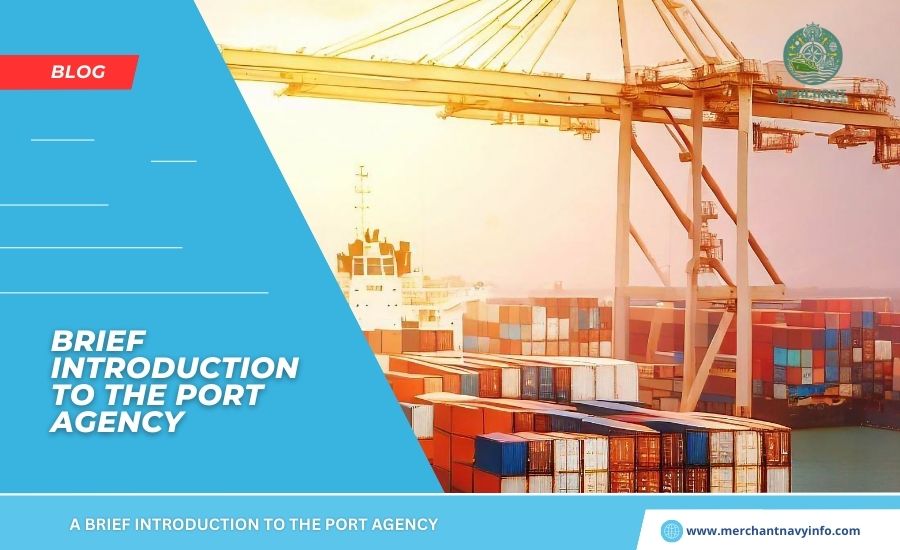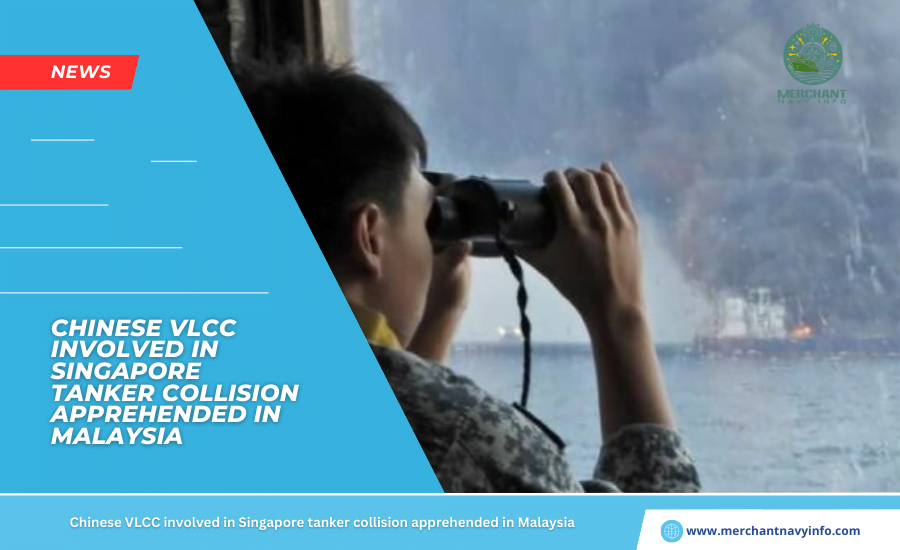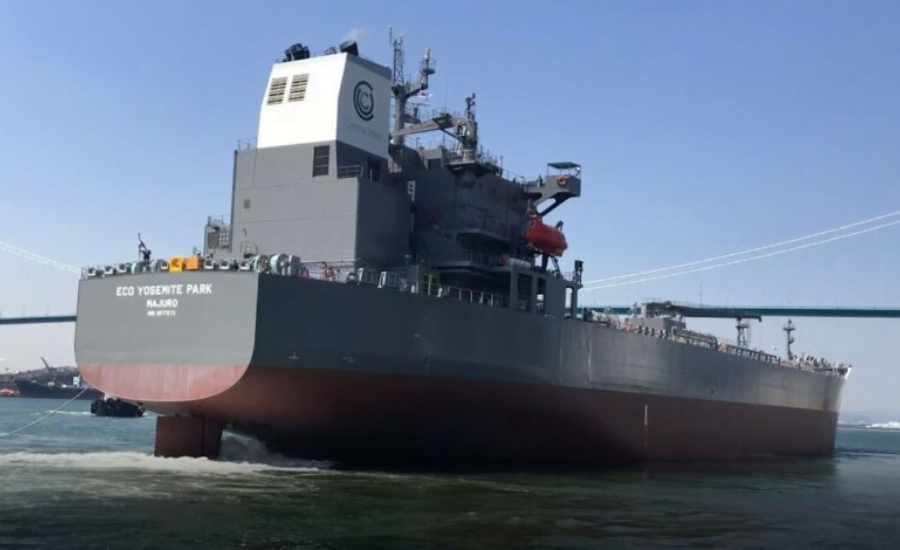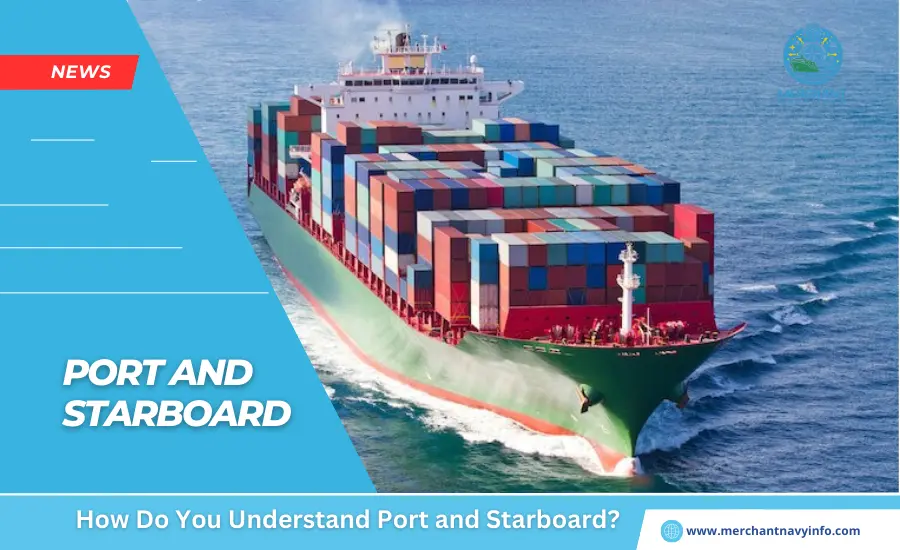
When taking over a large ship, it’s important that information is passed correctly between the ship’s various systems. For example, Port And Starboard, left and right are ambiguous directions that depend on the observer’s position and viewpoint direction. Distributing instructions like this is a recipe for disaster. As the captain’s left hand may be different from the pilot’s left hand. This ambiguity remained for a long time until it was resolved around the 16th century AD. Regardless of where the observer was located. The ship was divided into two zones, defining the right and left halves.
These zones are the port and starboard orientations used in the modern maritime sense. The terms port and starboard are used instead of port and starboard. This is because the port and starboard never change. As they are inherent references that are not affected by the sailor’s orientation. Therefore, these nautical terms help seafarers avoid confusion and improve safety on board. The port side is the left side when looking forward at the bow side of the ship. The starboard is the right side facing the bow. The bow is generally the forward-most part of a ship during navigation. Stern is the rear or rear part of a ship.
Origin Of Terms
Port and starboard Port and starboard are interchangeable terms that refer to the halves of a ship. Looking from the bow to the stern, the right side is port, and the left side is starboard. In a nautical sense, the prow or bow is at the front of a ship, and the stern or stern refers to the rear of the ship. This definition of port and starboard clarifies these directions regardless of the party’s position. These terms are derived from Old English usage for their respective purposes.
In the early days of shipping, boats were steered using a rudder at the stern, and most sailors were right-handed. These rudders served as the rudders of the boat and required skilled operation. Therefore, in order for the sailor to comfortably face forward, it was easier to put the helm on the right side. In, sailors began calling the right side the rudder side.
This was created by the combination of her two Old English words, “steor,” meaning starboard, and “bord,” meaning the side of a boat, to become starboard. The word morphed into “stairboard” and eventually became “stairboard.” As the size of the boat increased, so did the rudder, making it easier to moor the boat to the dock opposite the helm. This side was called the port or loading side. Another theory that it’s called “starboard” is because the Vikings called the side of the ship “board,” and the word for rudder was pronounced “star.” They also steered from the right side, so the right side was the stern or starboard board.
Another Explanation
Is that at that time all Scandinavian ocean-going ships had their rudders mounted on the right side? This rudder was also known as a “steorboard” in Anglo-Saxon. The word “steorboard” evolved over time to “starboard,” which in English is used to describe what is to the right of a ship’s centerline when viewed from the rear.
An Easy Way To Remember Port And also Starboard
- A trick to remember is to think of the word “port” as meaning “left” since they both consist of four letters. Therefore, starboard means right.
- Another easy-to-remember proverb is, “A sailor named Red left port.
- When you imagine a nice bottle of port, you are reminded of the following saying: “There’s still a red portion of the bottle” – Red Port Left.
- ” Enforcement and also Maritime Regulations Port and also starboard are the official port and starboard directions for all ships, as established by the International Regulations for Preventing Collisions at Sea.
This contract of carriage ensured that all vessel operations followed strict regulations to prevent collisions and untoward incidents. Colour codes were assigned based on generally accepted practice, as poor visibility can make it difficult to distinguish between the port and starboard sides of a ship. Naval officers often receive extensive training in the use of the terms “port” and “starboard.” This is because difficult operations may require spontaneous reactions and instructions.
Navigation And Control Instructions
In addition to the nautical terms “port” and “starboard,” colors are also used to aid navigation, especially during night maneuvers. Red is the international rule for the port side, and green is the color of the starboard side. Therefore, the port side has a red navigation light, and the starboard side has a green navigation light. This is common on airplanes and helicopter ships. This is because aircraft need to be able to assess both halves of the ship when flying at night, and main deck lighting is often turned off for military reasons, especially during times of war.
Therefore, all that pilots have available to them is the small red and green stripes to assess the ship’s position and the area in which it needs to land. The ship also has white lights on the masthead and stern. Combined with the red and green lights, it makes it easier to see the ship’s direction even at night.
Additionally, this color-coding system helps prevent collision hazards in times of poor light. Without clear visibility, it can be difficult to determine whether a vessel is approaching or moving away. However, given the order of the lights on the ship, the position of the ship can be inferred by following a simple rule to determine its direction of movement. If you are facing another ship, a red light on the right and a green light on the left indicate that the ship is approaching your position. However, if the colors are inverted, it means the ship is moving away from your ship.
Conventions
Therefore, by following this right-or-left convention, you can accurately determine the direction of travel of other ships. Certain conventions must be observed when giving instructions to commanders. Generally, the resident watches officers responsible for manning the bridge observation deck and reporting changes in direction to the helmsman. These directions must be almost passed as X degrees to port or starboard. X can have values ranging from 0⁰ to 180⁰, indicating how strongly the ship will rotate in the corresponding direction. Generally, if either side is 0⁰, the direction will not change. For example, 90° to starboard means the ship must proceed to starboard, perpendicular to its original direction.
Port And Starboard Structure
Structure Next, we will discuss the structure of the port and also starboard sides of the ship. On ships, these are usually built-in blocks that run along the entire width of the ship. Therefore, usually, the port and starboard halves are assembled into one block before being welded to adjacent blocks. Even in an asymmetrical container, the two halves are never assembled separately. In general, most ships are symmetrical on both sides around the centerline.
This has proven to be an ideal design to minimize resistance when moving the vessel. However, certain experiments recently conducted in a hydrodynamic test facility have shown that certain asymmetric vessels may exhibit better performance parameters compared to symmetric vessels. This article assumes that all ships and ships are symmetrical below the waterline, which is the only area where fluid drag acts. The area above the waterline can be symmetrical or asymmetrical depending on the application.
